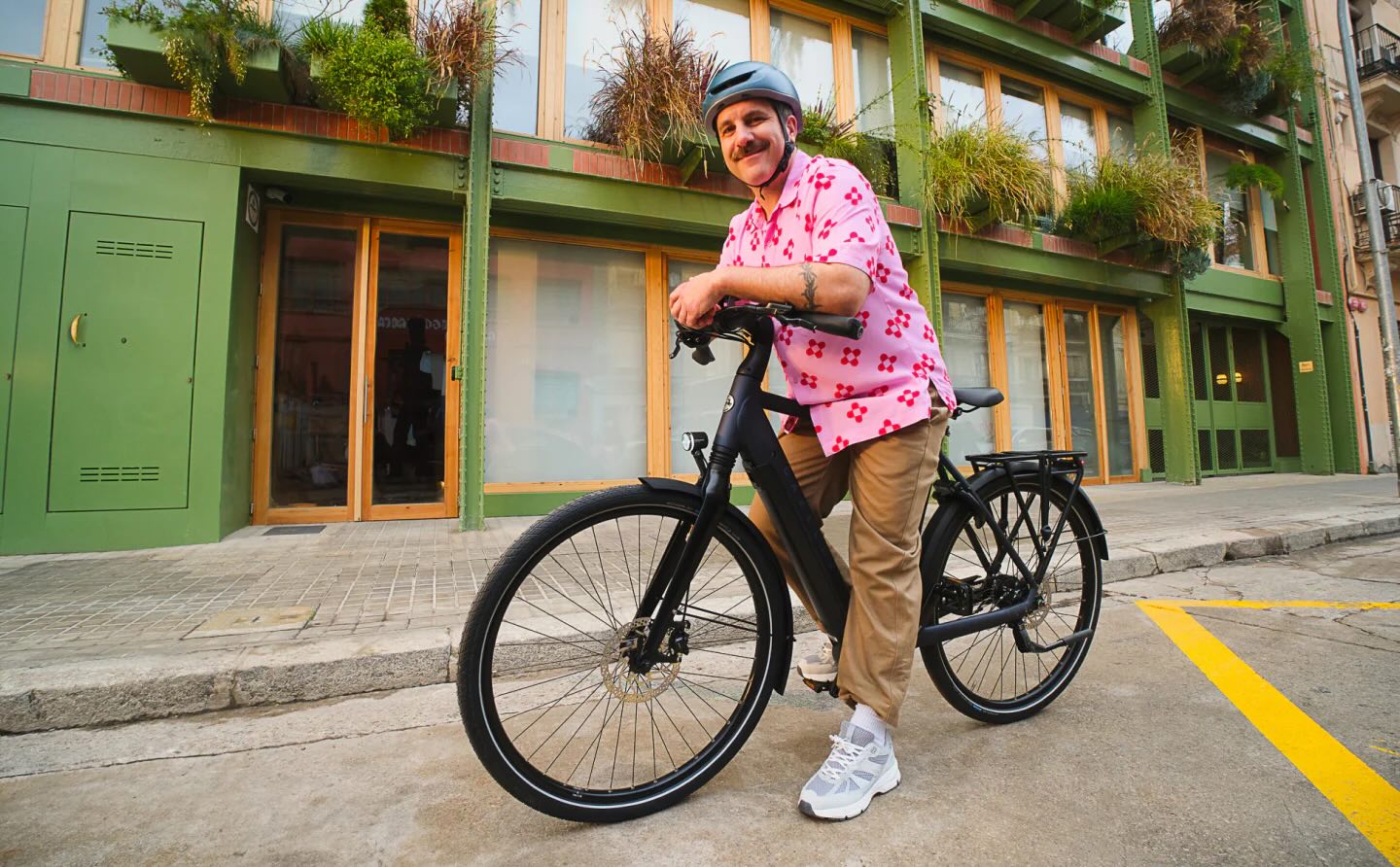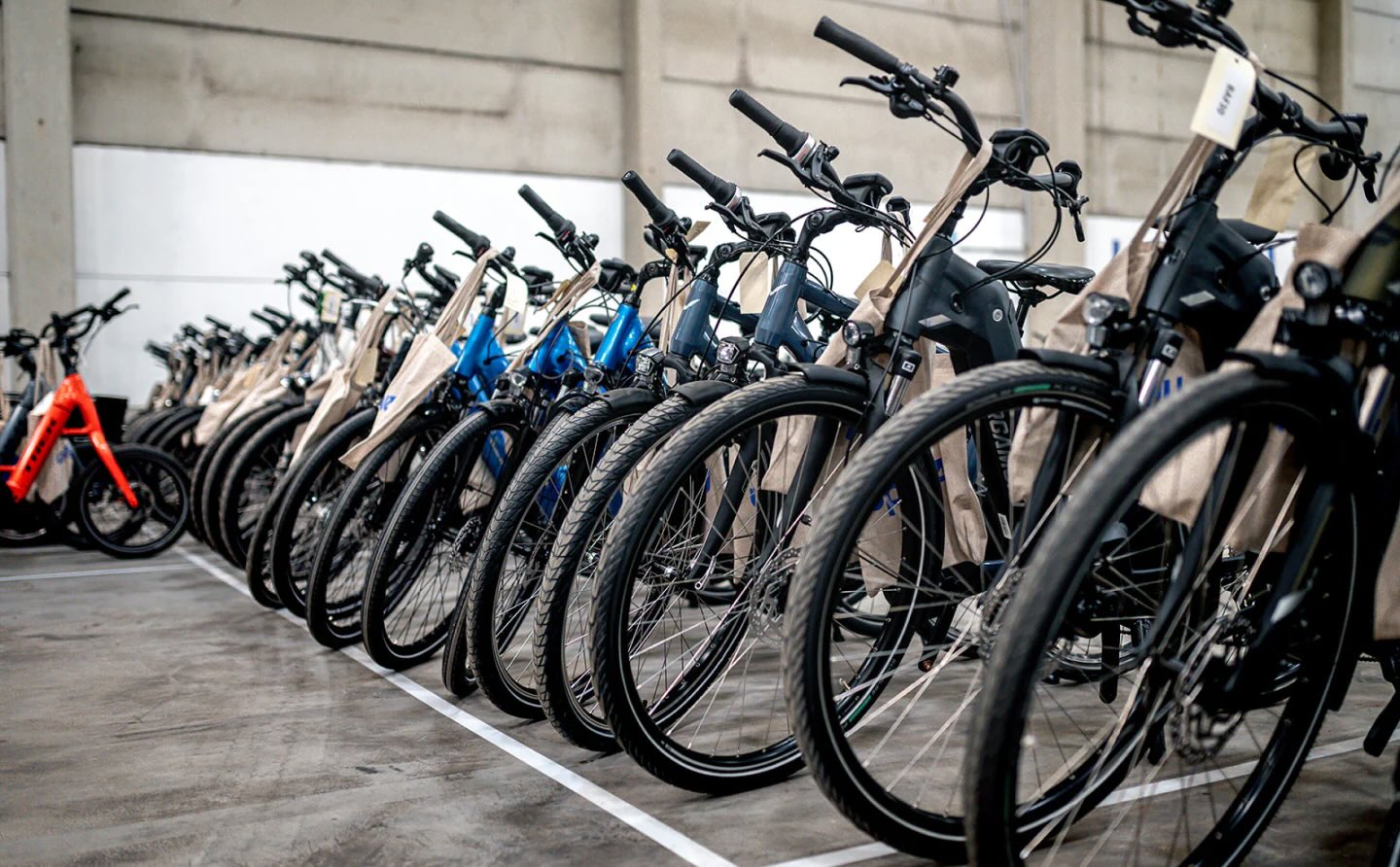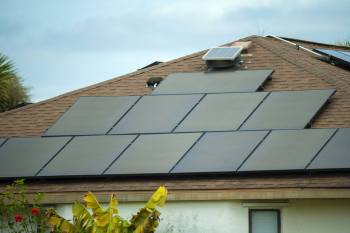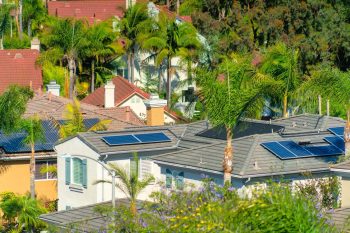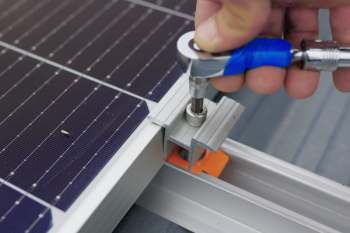A recent report from Capital News Service reveals that across Maryland's Eastern Shore, entire forests are dying and generations of Black farming history are disappearing along with them. Experts say the culprit is saltwater intrusion, a slow but relentless process caused by rising seas and worsening extreme weather.
What's happening?
As saltwater seeps farther inland, it poisons crops and forests from the inside out, turning once-thriving land into marsh or open water. According to the report, more than 70,000 acres of forest in the region have already been lost to this silent flood, becoming "ghost forests."
Nearly 90% of those acres are now severely impacted, including the long-buried foundations of Harriet Tubman's birth home, now trapped in an inaccessible ghost forest.
Why is saltwater intrusion concerning?
But saltwater intrusion isn't just affecting forests and biodiversity. Along the Eastern Shore, farms growing crops like corn and soybeans are affected by the now-salty soil.
"We've already lost so many Black farms in Black communities on the Eastern shore," said the University of Maryland College of Agriculture and Natural Resources researcher and associate professor Kate Tully. "There's actually a whole history that's already gone underwater that we will never get back," Tully adds.
The Maryland Department of Natural Resources reported that the state has warmed about 2.5 degrees Fahrenheit since the start of the 20th century. That shift, paired with rising sea levels, is fueling widespread tree mortality, crop failures, and the expansion of ghost forests across areas like Dorchester and Wicomico counties. Black communities that once found refuge and self-reliance across the Chesapeake Bay now face rapid land loss.
Save $10,000 on solar panels without even sharing your phone number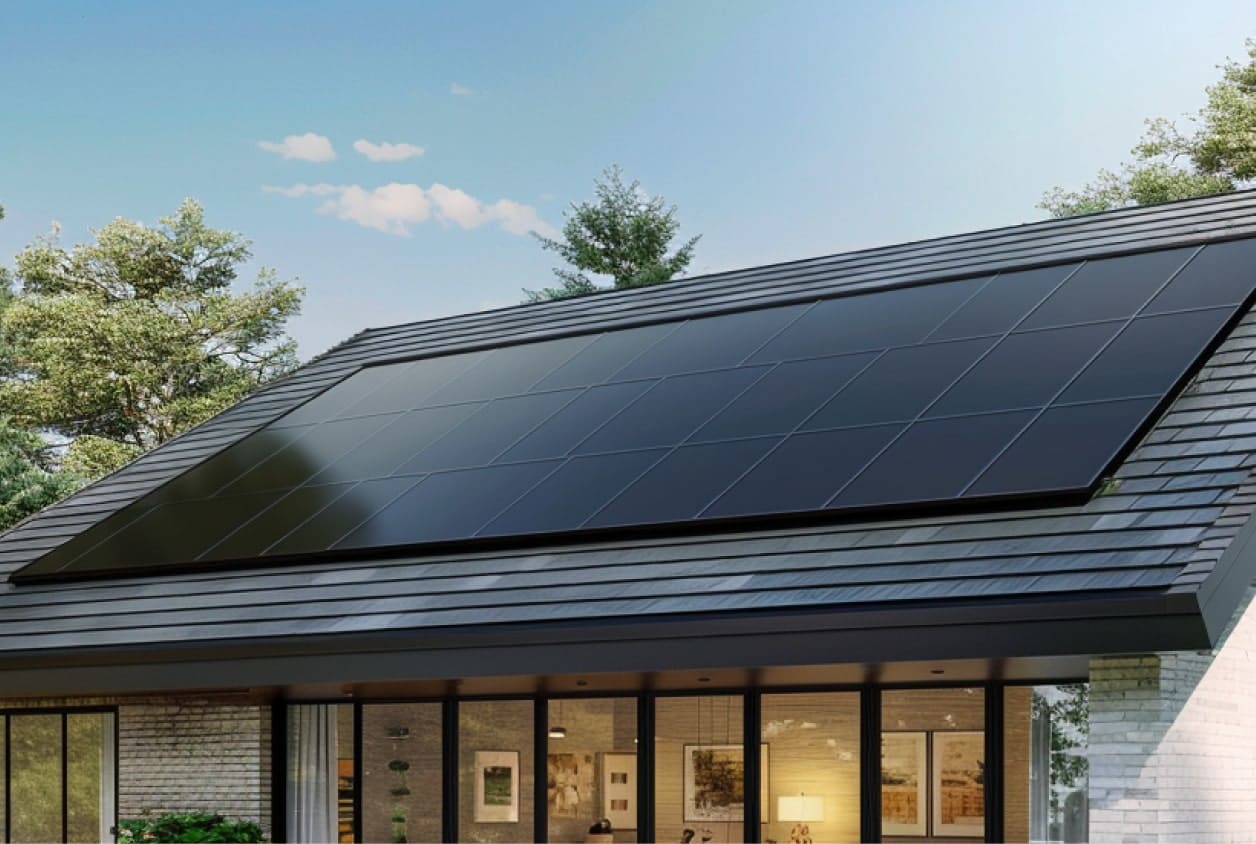 Want to go solar but not sure who to trust? EnergySage has your back with free and transparent quotes from fully vetted providers that can help you save as much as $10k on installation. To get started, just answer a few questions about your home — no phone number required. Within a day or two, EnergySage will email you the best local options for your needs, and their expert advisers can help you compare quotes and pick a winner. |
Urban areas aren't spared. Baltimore recorded its hottest year on record in 2023, surpassing a benchmark set in 1874, and now faces growing risks from deadly heat waves. These are part of a larger trend where increasing global temperatures are supercharging extreme weather events.
The Eastern Shore, including the Chesapeake Bay region, is the third most vulnerable region in the U.S. to sea level rise due to its long shoreline, increasingly denser land due to subsidence, and the localized rise of sea levels.
What's being done about mass tree mortalities in Maryland?
Local agencies have developed pilot programs to help farmers adapt to the transition of farmlands experiencing saltwater intrusion. Groups like Baltimore Green Space and Blue Water Baltimore are working to protect urban tree canopies and update existing forest conservation laws.
Meanwhile, forest conservation in the Appalachian region could help reduce flooding and protect key wildlife corridors. Efforts like these aim to strengthen communities and ecosystems, helping them become more resilient.
|
Do you worry about air pollution in your town? Click your choice to see results and speak your mind. |
Join our free newsletter for good news and useful tips, and don't miss this cool list of easy ways to help yourself while helping the planet.


